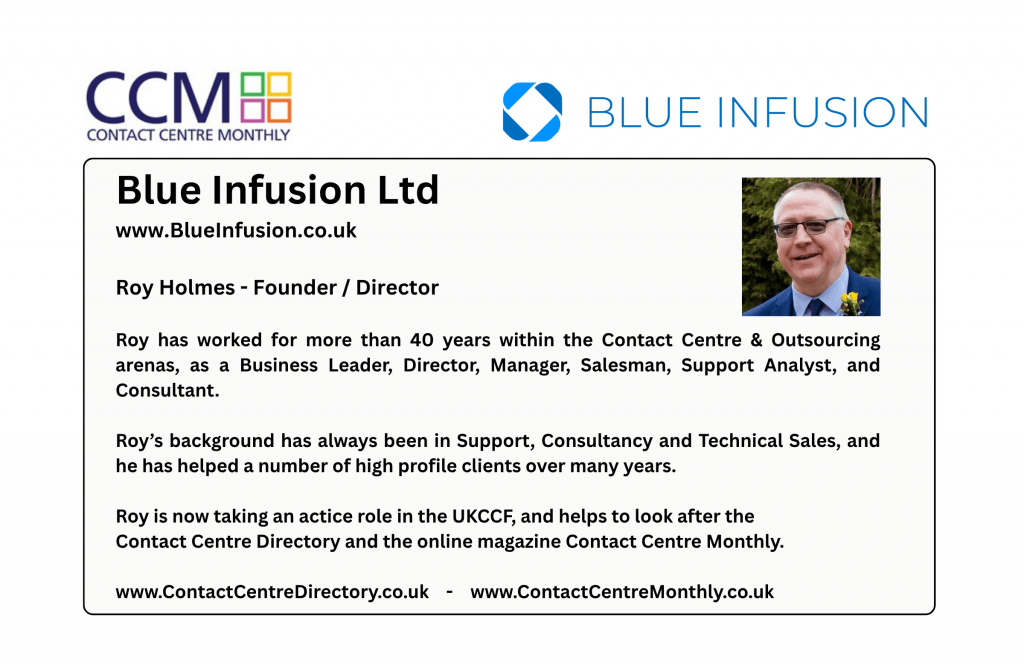“Is working in a modern-day contact centre a legitimate career path, or is it simply a 21st-century sweatshop?”

In the evolving world of customer service, the role of contact centres has become increasingly significant. They act as the frontline of business-customer interaction, managing everything from complaints to complex service queries.
But beneath the surface of headsets, scripted responses, and performance dashboards lies a deeper question, an older question, a question that has been around as long as Contact Centres themselves:
“Is working in a modern-day contact centre a legitimate career path, or is it simply a 21st-century sweatshop?”
The Case for a Career
Modern contact centres have transformed significantly over the past two decades. No longer confined to monotonous phone calls in cramped office cubicles, many now leverage multichannel communication—including social media, email, live chat, and even AI-assisted platforms. This technological shift has not only diversified roles within contact centres but has also increased the demand for digital fluency and problem-solving skills.
With these changes, contact centres have become a training ground for a range of business competencies. Employees gain experience in customer engagement, conflict resolution, time management, and even data analysis. For many young professionals, especially those entering the workforce for the first time, a contact centre job can be a stepping stone to a career in operations, marketing, IT, or HR. Indeed the opportunities within the modern-day Contact Centre mean that a real career can be carved out.
Many companies have recognised the importance of retaining skilled talent. As a result, they have invested in training programs, clear career progression pathways, and employee recognition schemes. Some contact centres now offer structured promotions from agent to team leader to manager, with opportunities to move laterally into different departments.
Work-from-home models, flexible scheduling, and global outreach also add to the appeal, giving employees the freedom to work for international firms without relocating. When these systems are implemented with a people-first approach, a contact centre job can indeed evolve into a rewarding and sustainable career.
The “Sweatshop” Debate
Despite these advances, the “sweatshop” reputation remains stubbornly attached to many contact centres—and sometimes (thankfully not often) for valid reasons. In some environments, the focus on key performance indicators (KPIs) like call handling time, average wait time, and resolution rates can foster a high-pressure, target-driven culture. This relentless push for productivity, often coupled with minimal breaks and constant monitoring, can leave employees feeling more like cogs in a machine, rather than valued contributors.
Turnover rates in these types of contact centres remain among the highest in any industry, a telling sign of employee dissatisfaction. Low wages, emotional burnout from dealing with angry or distressed customers, and limited autonomy in decision-making contribute to a sense of stagnation and disillusionment. Even in modern setups, many agents report feeling expendable, with little chance for upward mobility or personal development.
Thankfully these types of Contact Centre environments are few and far between in the UK however in some outsourced or offshore centres, the situation can be different. Some employees face harsh working conditions, including long shifts, mandatory overtime, and insufficient labour protections. Here, the term “sweatshop” may not be metaphorical but a daily lived reality.
Again, thankfully, many outsourced or offshore centres have also embraced the “caring and sharing” mentality, with many outsourced or offshore centres being viewed by local employees as a job that’s well worth having. Pay being higher that other jobs, and the opportunity to learn and develop being a much sort after advantage.
The Duality of Experience
The truth likely lies somewhere in between. The contact centre industry is not monolithic; it comprises a wide spectrum of experiences depending on geography, company culture, management, and employee expectations. While one agent might be thriving in a tech-enabled, supportive environment with clear growth opportunities, another may be burning out in a poorly managed, exploitative setup. Again, thankfully, there’s not many of these environments.
What determines the outcome? Largely, it’s the organisation’s philosophy. Companies that treat their contact centres as strategic assets, not cost centres, tend to invest more in employee development, technology, and morale. Conversely, businesses that view these centres merely as transactional hubs often default to short-term cost-cutting and micromanagement—sacrificing long-term sustainability.
Conclusion
So, is the modern-day contact centre a career or a sweatshop? The answer depends on where you work, how you’re treated, and what opportunities you’re given. For some, it’s a gateway to a diverse and upwardly mobile career. For some, it’s a draining job with little reward.
What’s clear is that for contact centres to truly shed the “sweat shop” stigma, we must prioritise the human element — nurturing talent, respecting limits, and redefining what success looks like in customer service.
I’ve made a career spanning 40+ years from the Call Centre and Contact Centre, and firmly believe that the “sweat shop” label is a thing of the past. Happily, the stigma is gradually being dropped and replaced with a different question.
Not – “Is the Modern Day Contact Centre a Career or a Sweatshop?” but “What is my career path within the Contact Centre industry?”

References
This article has been created with the help of ChatGPT (and many years of experience).




